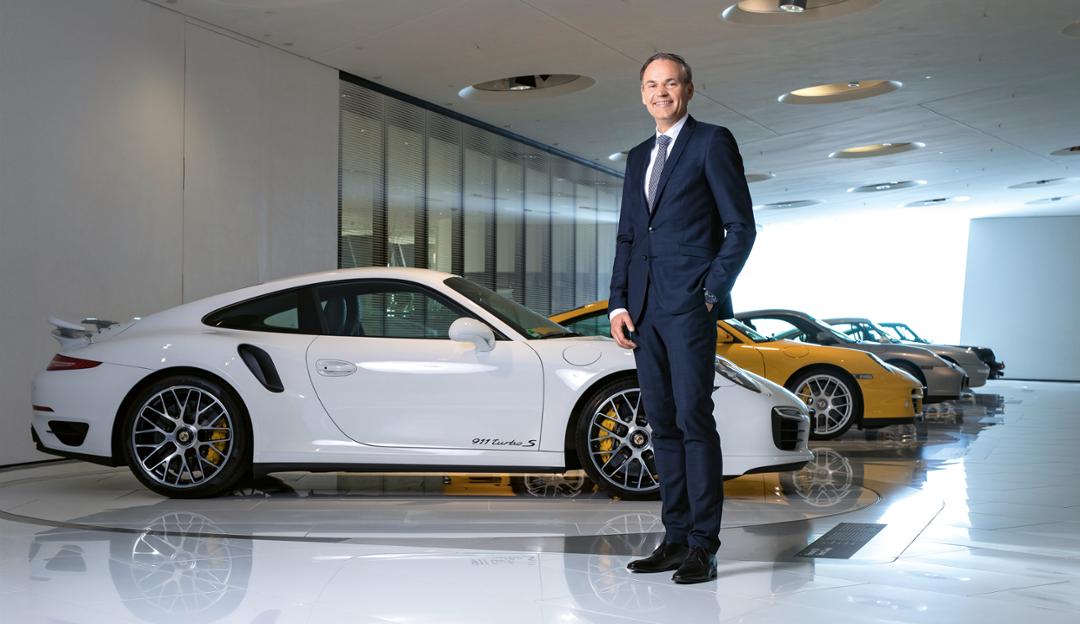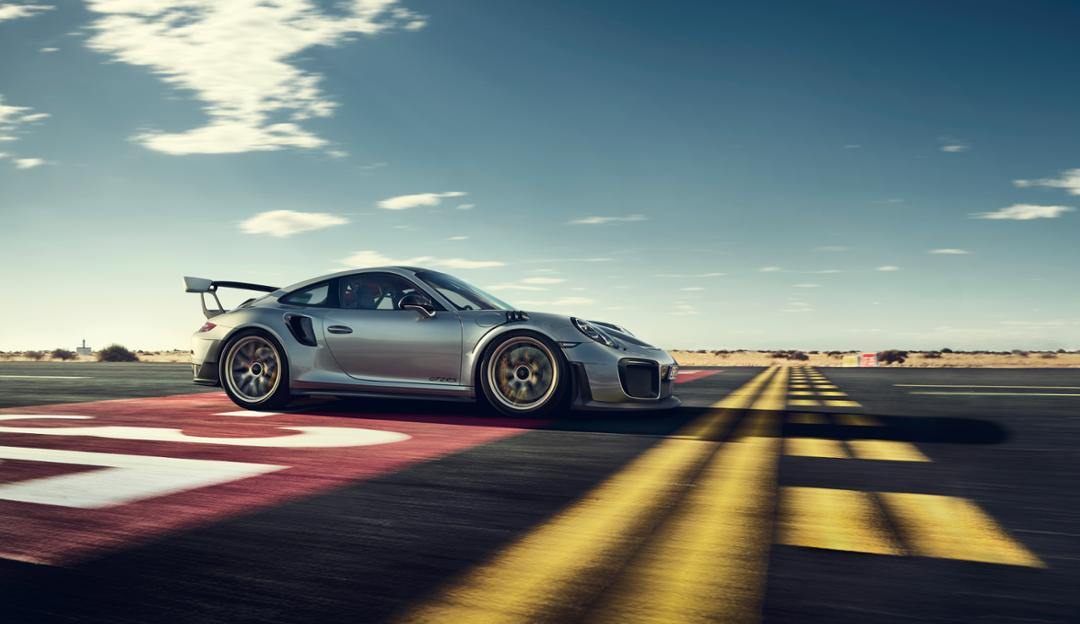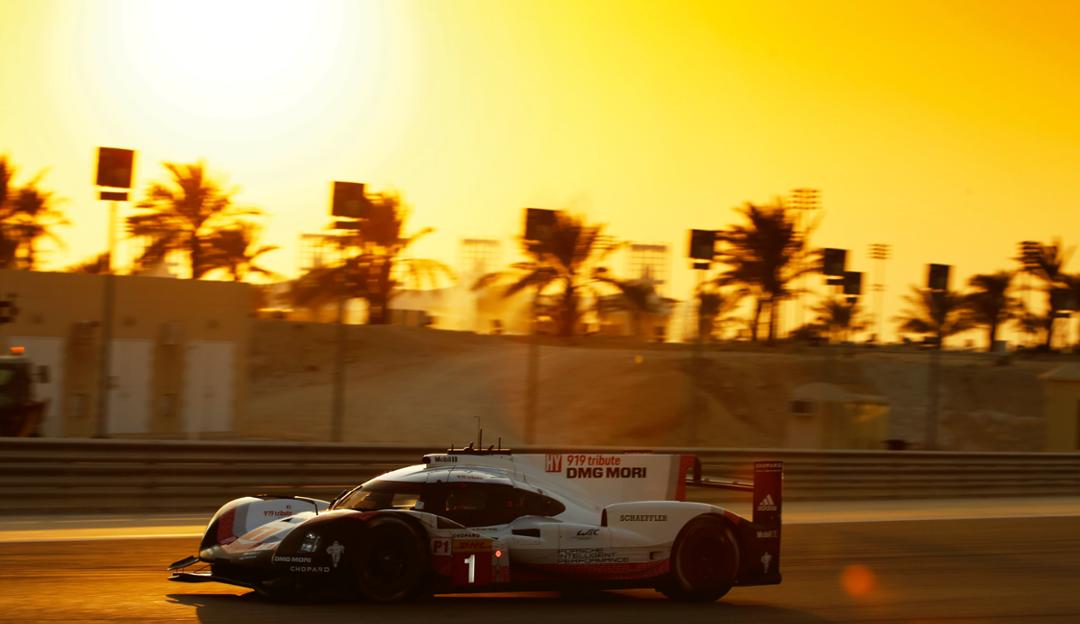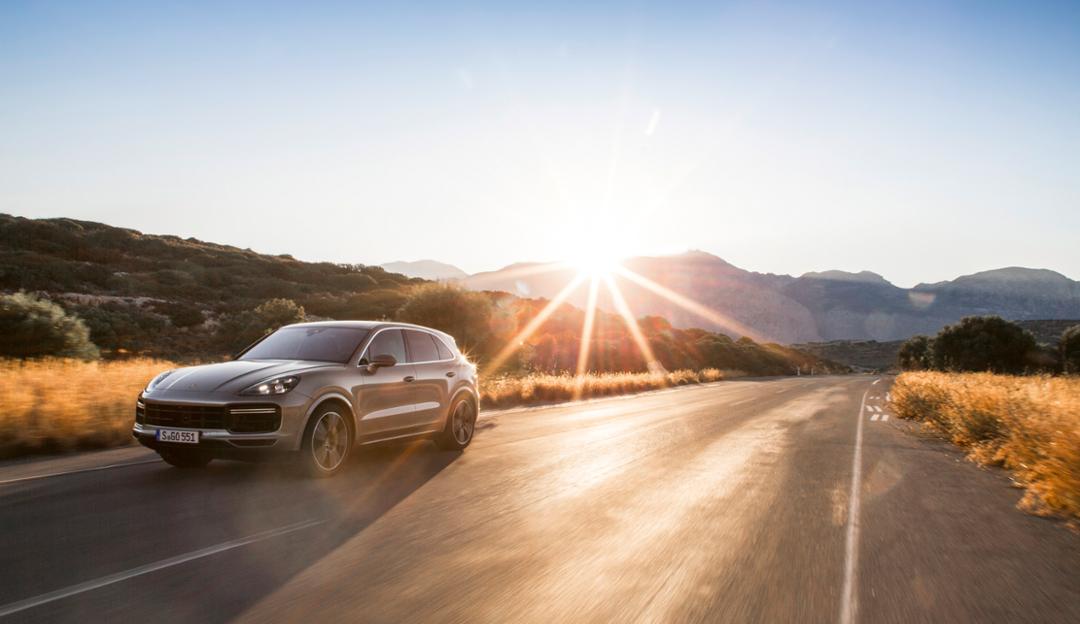Porsche Chairman Reveals What’s in Store for Brand’s Future

Oliver Blume discusses what to expect from Porsche’s upcoming strategies, and of course, the new 911.
Porsche continues to retain a strong identity among all the recent changes in the marketplace. Facing digitalization, connectivity, and electromobility, there are many questions about how Porsche will utilize new technologies, and how these trends will affect its brand, and its vehicles. Porsche’s Chairman, Oliver Blume, addressed these questions in an interview released by Porsche. Blume answered questions about everything from Strategy 2025 to the new 911.
PORSCHE: When will we see the last Porsche with a combustion engine?
OLIVER BLUME: I would venture to predict that, by 2030, the sportiest Porsche will have an electric drive. Who knows, maybe by then even our iconic sports car, the 911, will be electric.
Does this mean that you have already decided to leave behind conventional drive concepts completely?
On the contrary! It would be absurd to think that we could do without the combustion engine completely in the foreseeable future. But, equally, we cannot miss the opportunity to invest heavily in electromobility. Before we leave petrol or diesel behind, the next decade will see an increase in the parallel use of combustion engines and alternative drives. A clear trend is developing, and we will deliver. I am not going to do anything hasty, however.
Would a decision to abandon diesel engines at Porsche be hasty?
At Porsche, diesel engines have traditionally taken a back seat. Diesel’s share among our vehicles worldwide is currently 14 per cent. Porsche does not develop or manufacture its own diesel engines, and there are no plans to change that in the future. All the same, there’s no reason to just suddenly abandon diesel. If we rushed into dropping diesel, we would not be able to completely make up the difference with petrol and hybrid engines. Furthermore, diesel makes an important contribution to achieving our CO2 targets. There are many markets, such as in Southern Europe, where people really don’t understand Germany’s current discussion about the future of diesel. There, 80% of customers buy a diesel car. That is why a mixture of combustion engines, hybrids and electric cars is the right strategic response from Porsche for about the next 10 years.
Why can the transition to electromobility not happen faster?
There are technical and structural reasons for it, but also purely economic ones. To begin with, the everyday usability of electric cars needs to continue to improve – particularly in terms of range and charging time. There is also quite a bit to be done when it comes to infrastructure. The pan-European high-power charging network IONITY by Porsche, Audi, BMW, Daimler and Ford is now charting a course towards the establishment of the most powerful fast-charging network for electric vehicles in Europe. But even this can only be one part of a larger solution. The second reason for the delay is connected to doubts regarding whether the current electricity mix is really better for the climate than combustion engines. Thirdly, people often fail to realize the Herculean task faced by our industry, which is, after all, the backbone of our economy and our welfare state.
Increasingly strict emission regulations will force you to continue to invest a lot of money in existing technologies and their advancement…
… Investments across the entire industry are enormous. The Volkswagen Group, to which Porsche belongs, is ramping up its investments in new, electric-drive models to 20 billion euros by 2030. By 2025, the Group’s brands expect to put more than 80 new car models with e-motors on the market, including 50 pure e-cars and 30 plug-in hybrids. Porsche alone will invest more than six billion euros in plug-in hybrids and purely electric vehicle over the next five years. For a company of our size, that is a considerable expenditure. At Porsche’s headquarters in Zuffenhausen, we are spending a billion euros on building a new plant for electric vehicles. This is probably the most ambitious and risky project we have ever undertaken. A factory within the factory with 1,200 new jobs.
Will costs of that magnitude pay off?
They are investments in the future. But, one thing is sure: our customers, too, are price-sensitive, even if they are ready to pay a premium price for a Porsche. Even Porsche cannot simply pass on the costs of electrification of its vehicles if, as expected, the competition is stiff. We have to be able to earn the added value. This may – as one would expect – have a short- or medium-term effect on our profitability, but it need not do so if we manage to compensate for it with other measures. We see various approaches and are looking forward to the challenge.
In 2019, the Mission E will roll off the assembly line in Zuffenhausen. You intend this battery-only vehicle to be not only the first emission-free Porsche but also one produced with an entirely CO2-neutral footprint.
And we’ll achieve that goal, too. Well over a year ago, we switched all our plants to 100% natural electricity sources, which underlines how seriously we take sustainability. The Mission E will not only redefine the high-performance e-vehicle segment, it will also give a boost to Germany as a technology producer and thus to possibilities offered by electromobility in general. The vehicle will be a trailblazer for the mass appeal of e-vehicles. It will set standards and will represent motion in more than one sense. The only things that the Mission E will not offer are boredom and forbearance.
Porsche as the pacesetter of a new automobile era?
Why not? Porsche invented the hybrid drive. And, over the last three years, we have dominated the Endurance World Championship from a technological standpoint like no other brand ever before, thanks to our hybrid and battery technology and our visions of downsizing and increased efficiency. Take, for example, our 19th overall victory in Le Mans. Mediocrity doesn’t win the race. Top performance and pushing the boundaries are what is needed to unleash forces and captivate others.
Despite all the pressure created by this change, Porsche seems to speed from one record year to the next – more cars, higher turnover, higher profits, more employees and a return that can be counted among the best in the industry. Did you reach your peak in 2017?
Let’s wait and see. Inspiring products are what drives us forward; figures are merely the result.
Your current figures have set a record, however.
We are pleased about the record turnover and top numbers for car deliveries, but they are not our top priority. Satisfied customers are the only yardstick for our success. Naturally we are proud of what we have achieved. Naturally it’s nice that our customers are reminded of the 911 whether they are in a Macan, a Cayenne or a Panamera. And of course we benefit from new growth spurts such as those in China. But all that is a positive snapshot. We think of success differently.
In what way?
We focus on growth that creates value. This growth is oriented towards four primary goals. Firstly, inspiring customers with a unique product and brand experience. Secondly, excellent earning power. Thirdly, innovation and sustainable actions. And, fourthly, attractiveness as an employer and an economic partner. Customers want inspiring automobiles. We need capital for investments and innovations. The success of our company depends on whether we can retain enough talent. If you want to create sustainable value in the long term, you not only need to understand the connection between economic returns and value creation for humans and the environment, you also need to be seen to live these values as part of a society that has increasingly ecologically and socially minded attitudes.
How will Porsche’s involvement in racing continue to help shape the design of future vehicles for the consumer market?
One of Porsche’s roots is motor racing. We are currently transferring our experience and lessons learned from decades of motor racing and thousands of victories from our sports-car prototypes to Formula E. We are thus taking on a new challenge but remaining true to our past: for us, motor racing exists to help us build better cars for road use. Formula E is exactly the same – it is the ultimate laboratory for our electrification strategy. The future of the sports car combines our tradition and values with new, sustainable technologies and a very emotional driving experience. I can promise that the Mission E will be the sportiest and the most technologically advanced vehicle in its class. E-mobility, Porsche performance and driving enjoyment are not mutually exclusive; for us, they all belong together.
Porsche’s Strategy 2025 is quite progressive. How far have you come?
The product is at the centre of our strategy, and our strategy rests on four pillars. To begin with, we will stay true to our roots: purist, road-ready sports cars, as one would expect from Porsche, with advanced combustion engines. One such vehicle is the 911 GT2 RS, the most powerful road Porsche of all time: uncompromising, minimalist, pure. We will then expand our existing model range by adding expedient and emotional derivatives and will continue to pursue the transitional technology of plug-in hybrids. Porsche was the first premium manufacturer to have three models of that type in its range. There are even two versions of the new Panamera. In Europe, approximately one in two Panamera buyers decides on a hybrid model. That is higher than our expectations, and shows us that people are excited by the prospect of driving a Porsche 50 kilometres comfortably and with only electric drive through city traffic and then to put the pedal to the metal and experience some real driving enjoyment on a country road or, for some genuine excitement, to race around a track. Our third pillar is pure electromobility, exemplified by the Mission E. Fourthly, we offer models with a strong lifestyle character, such as the limited 911 Turbo S Exclusive Series. As different as the segments may be from one another, the same applies to all of them: Porsche remains Porsche. Everything we make is a Porsche – sporty, dynamic and with an attractive design.
How can car makers retain separate identities if combustion engines, once the top tier of German engineering, are being replaced by e-motors that can be built by almost anyone?
I really doubt that motors of the future will no longer be a distinguishing characteristic. A Porsche e-motor will be unique. In addition, there will be features such as design, driving experience, performance, long-distance usability and charging times. But the faster the world turns, the greater our desire for a fixed value structure that we can cling to. The great challenge remains being able to update brand values that have been formed by certain technologies once new technologies come along.



